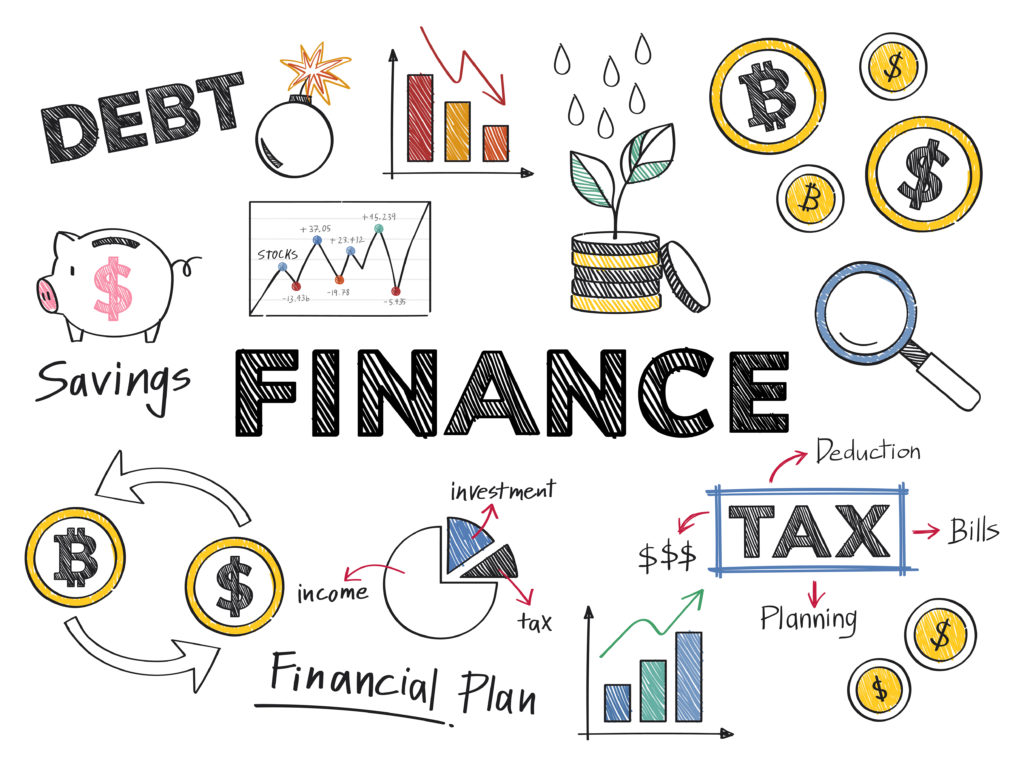Not everyone knows the economics that is at play in the financial sector.
This comprehensive checklist will help you navigate through the choppy financial waters when it seems that the banks are struggling to survive and your bank may fail:-
- Diversify Your Banks
It is advisable to deposit your savings in different bank accounts after carefully analyzing the risks that the banks are sitting on. As per the risk assessment of these banks, a general conclusion that can be drawn is that it is the larger banks that are comparatively safer. Government-owned or large private banks are far more stable as compared to small banks or cooperatives. An obvious advantage of diversifying your savings in different bank accounts is that all the savings would not go down the drain if one bank in your portfolio bites the dust.
- Pay Attention to Bank’s Activities
It is necessary to act before it is too late. Although it is difficult to predict when a banking system might collapse, it is necessary to be updated about the latest headlines of your own bank. Here is a quick checklist that will help you to have an idea of the financial health of your bank:-
- If your bank is making news, why is it?
- Who are the stakeholders and borrowers in the bank?
- What are the fluctuations in the share price and what are the reasons for the same?
- If there is news of illegal activities that the banks are involved in or news related to any scams/frauds?
- Check if your bank is covered by DICGC
As depositors, individuals hold the complete right of contacting their bank branch and confirming if the bank is covered by DICGC. As per the guidelines issued by the DICGC, the banks insured by it need to inform the customers by displaying information related to the protection given by this RBI owned corporation to the depositors.

- Evaluate your risk taking ability
It is essential for the customers to evaluate their risk-taking abilities before going for schemes issued by smaller banks that are offering higher interest rates. There are several small banks that also offer 8.5% to 9% deposits interest rates. These high returns are not risk-free. The small banks are in a position to offer higher interest rates primarily because they are not as stable as large government-owned banks and their own investment activities are more risk-averse. In case, if you are looking to expose yourself to higher returns, it is essential to analyze your own risk-taking appetite before making a final decision.
- Know about the Financial Ratios
- Higher NPA means higher chances of your bank failing
- Provisioning coverage ratio– A higher provisioning coverage ratio means that a considerable amount of profits have been kept as a provision against the bad loans. The higher this ratio is, the more safeguarded is the bank.
- Net Interest Margins– The ratio between the interests earned from loans and the interest on deposits is known as Net Interest Margins. NIM will be high for banks with high lending rates and this can be harmful for the bank’s health as low NIM is coupled with high NPAs.
This guide will help you gauge the performance of your bank in the financial markets and decide accordingly. Now you can take steps to know if your bank is failing and what to do if that is the case.




